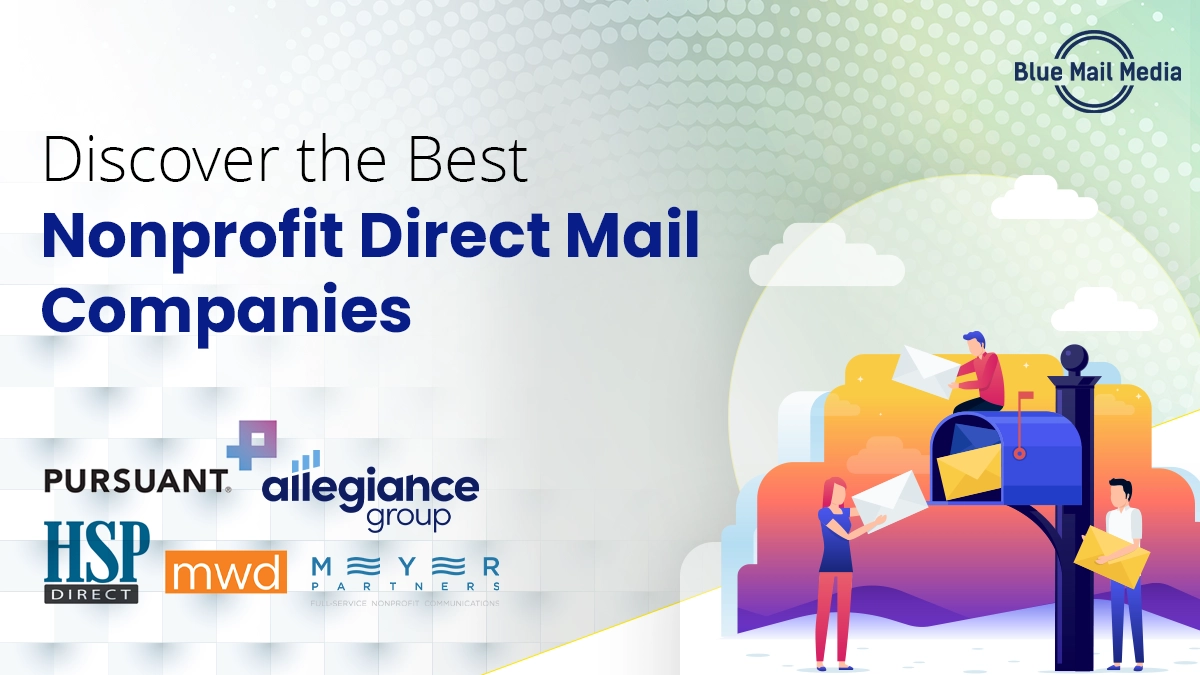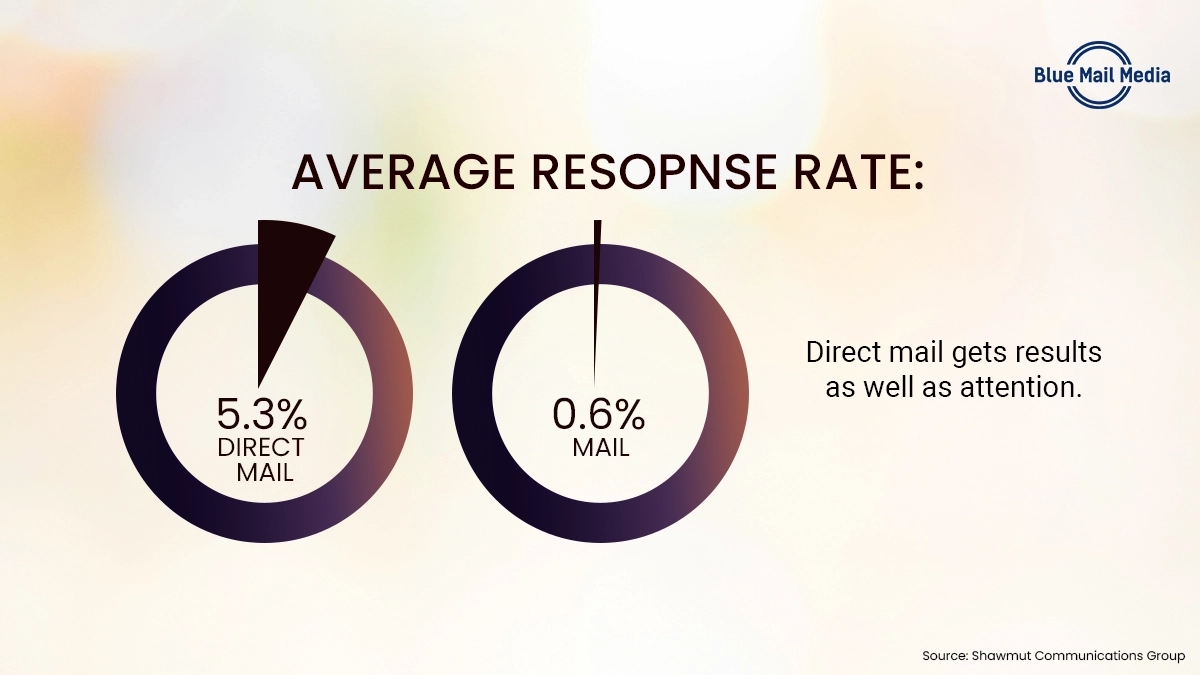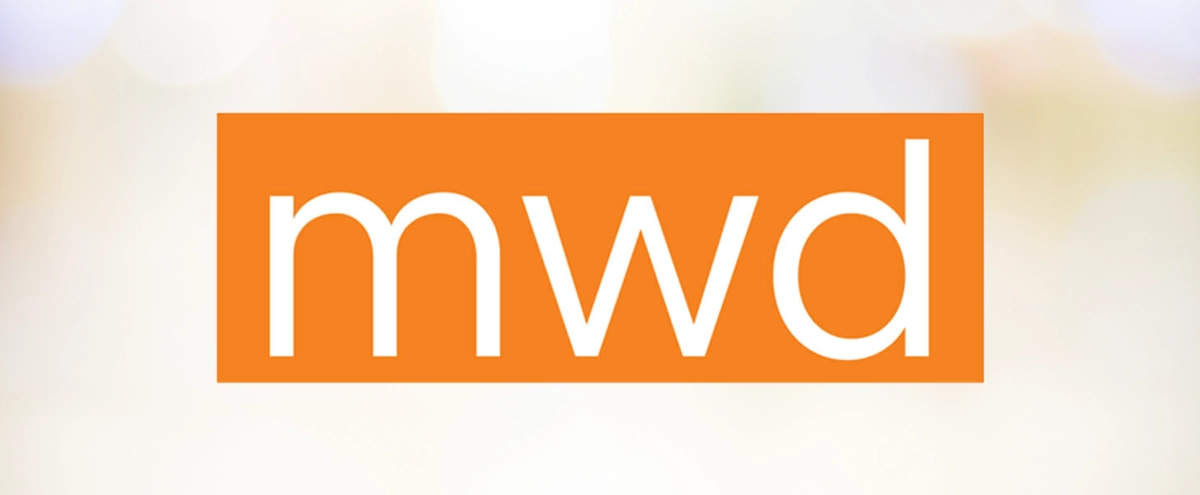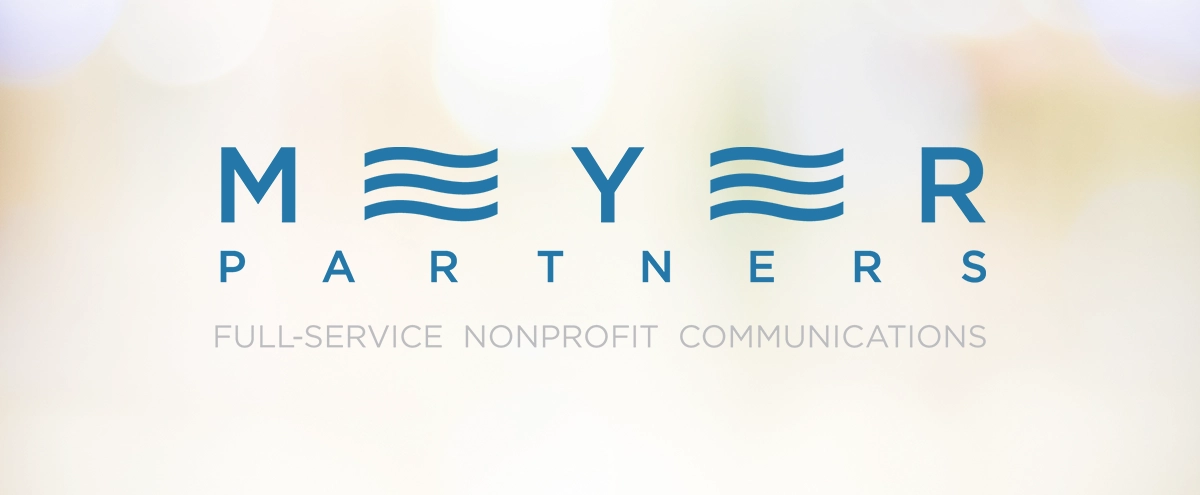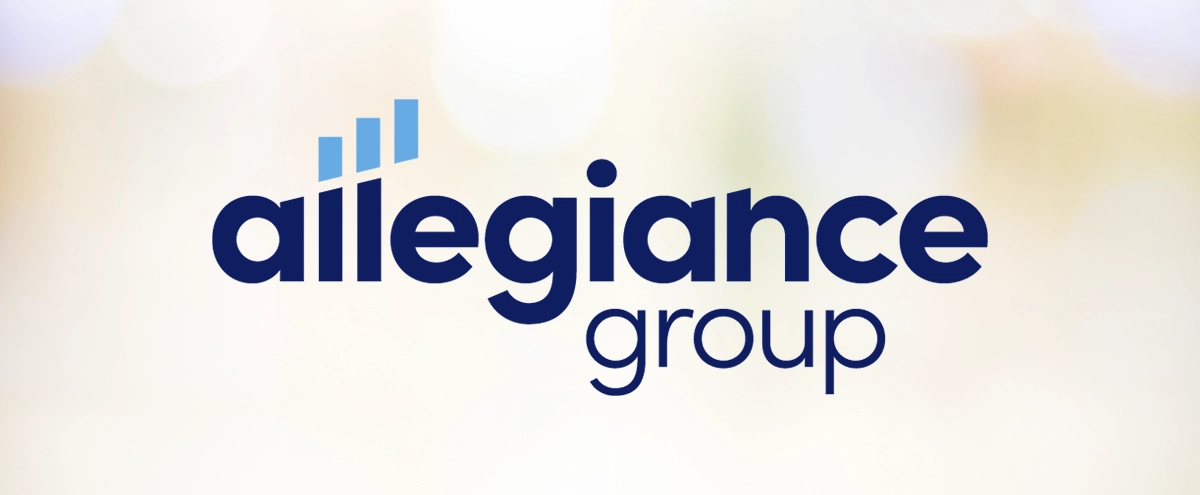Behind the growing awareness and success of every cause and community in need is a worthy nonprofit organization raising funds on its behalf.
While there are various tactics a nonprofit relies on to raise funds, one of the most effective ones, even in the wake of digitalization, is direct mail fundraising. It helps to cut through the digital noise and delivers your message right into the hands of the ideal donor, making it hard to overlook.
It helps collect funds and changes how a nonprofit communicates with potential supporters, improving relationships and getting the word out more efficiently.
This guide will look in-depth at direct mail fundraising, including its benefits and effectiveness. Additionally, learn about the best practices to improve the outcomes of your direct mailing campaigns. We’ll also talk about the top five nonprofit direct mail companies to support you in starting your direct mail fundraising.
Understanding Direct Mail Fundraising
Direct mail fundraising or solicitation is a fundraising appeal shared through physical mail. It is a process that involves crafting, designing, printing, and distributing hard copy requests for funds to prospective donors.
Traditionally, nonprofit organizations would write a fundraising letter, add it with a return envelope or donation form into one single envelope, and then mail the same to supporters.
However, with technological advancements, nonprofits have refined the traditional approach to achieve greater results. For instance, many nonprofits rely on data from their CRM to develop personalized fundraising letters that address supporters by name and reference notable details about their past engagements, such as previous donation amounts.
What is the Benefit of Direct Mail for Fundraising?
Even with a range of digital channels available for marketing and fundraising, the benefits of direct mail for nonprofits make it an extremely viable option. These include:
1. Higher Response Rate
Direct mail has a higher response rate, with an average of 4.4%, compared to 0.12% for email. As such, nonprofit direct mail companies have a better chance to secure funds for their initiatives with direct mail campaigns compared to other marketing channels. Moreover, it is delivered directly to the doorstep and seems more personalized as it takes significant effort to mail someone and, ultimately, push prospects to make donations.
2. Helps to Target the Older Generation
Old donors are the most sought-after and valuable demographic to pursue for fundraising. The average donor in the United States is 64 years old, and they make two charitable gifts a year. Interestingly, 72% of individuals over 65 give to charity and are more likely to make donations through direct mail.
3. Reaches More than One Person
Direct mail for fundraising is the simplest way to get the whole family of the supporter involved in fundraising. A nonprofit may share the letter with one person, but others can notice the letter and show interest in the charity cause. They can also share the material with friends outside the house if they like the NGO initiative.
4. Gets Opened and Read
The message is often ignored, lost, or deleted with emails even before it opens. But with direct mail, the results are a little different. According to US Postal Service, 98% of people check their mailbox daily for mail, and 77% of people sort through the mail immediately.
Is Direct Mailing Still Effective and Delivers Results?
Many marketers and organizations believe that direct mailing is dead. Fortunately, that’s far from the truth – direct mail remains one of the most effective marketing strategies to generate results when well-targeted to the organization’s audience.
Some sources indicate that direct mail receives the highest ROI of 112% across all mediums. Engaging with direct mail campaigns can help push supporters along the conversion funnel, spread awareness for the cause and raise funds for the initiatives. Here are a few more reasons why direct mail is an excellent choice for nonprofits:
- Helps tackle the digital overload: Direct mail can help prospects alleviate digital screen fatigue by forcing people away from their screens, providing a tactile experience they will appreciate.
- Less competition: As more organizations turn to digital marketing channels, prospects receive less direct mail, allowing your message to take center stage.
- Leverage discounts: Direct mailers allow nonprofits with tight budgets to minimize marketing costs and take advantage of discounts provided by the postal service. The USPS offers direct mail discounts that feature sensory, interactive, or tactile components.
Direct Mailing for Nonprofits: Best Practices to Implement
When carried out properly, direct mail resonates with prospects and their checkbooks. So, here are some of the best practices to implement and empower direct mail campaigns for excellent results.
1. Target the Right Market
The first and most beneficial practice to follow when working on a direct mail fundraising strategy is understanding the ideal audience, which includes housefile and prospect lists.
- Housefile: All past donors and supporters make up a nonprofit’s housefile. This list contains names of those who showed an interest or a commitment to the cause in the past. If a nonprofit aims to meet a particular fundraising target or enroll a specific number of donors for a program, reaching out to their housefile is a good idea.
- Prospect list: A prospect list is what it sounds: a list of those who have not yet engaged with an organization but may be interested. Direct mail fundraising companies can acquire prospect lists for direct mail campaigns.
2. Collect the Best Possible Data
Solid data is the groundwork for effective direct mailing. It enables personalization that around 52% of customers expect with direct mail. Clients who receive the mail should feel like they are on a first-name basis with an organization.
It is important, therefore, to have the best possible data, which can be ensured with:
- Follow data-hygiene practices to ensure the data is complete, error-free, and reliable.
- Use a CRM system that enables nonprofits to create profiles of contributors and members.
- Rely on marketing database providers for a customized email list that caters to the specific direct mail campaign.
3. Keep the Message Clear and Concise
As a nonprofit, it is important to understand that the people are scanners and probably hard-pressed. When they open the letter, if it’s written with long and lengthy paragraphs with no visual elements, they will lay it down and never see it again. Or, they may just read the first paragraph and miss out on the core message.
So, avoid coming up with lengthy paras and emphasize adding a headline in the text, loads of subheads, bullet points, and so on. Plus, direct mail must have a lot of white space and keep the language conversational, emotional, and creative.
If visuals can help bolster the piece, add them in, too. These must include photos and creative design that directs attention to the core points of the appeal. When selecting any picture, ensure it conveys information and reinforces what’s said in the mail copy. A compelling image will draw donors in and support empathizing with the cause.
4. Give Attention to Mail Envelopes
Envelopes offer nonprofits many choices to share their message with prospects and supporters. Use envelopes with a striking visual and tactile appeal and add a compelling teaser headline. These kinds of creatively designed envelopes have a higher chance of attracting prospects’ attention and getting themselves opened.
Moreover, pay attention to the envelope size – research by the Association of National Advertisers (ANA) suggests that the highest direct mail responses come from oversized envelopes.
5. Make it Easy for them to Reply
If possible, nonprofits must include a self-addressed envelope with postage. In addition, make it straightforward for supporters to donate online by including a direct and memorable URL that quickly takes them to the donation page.
6. Test and Measure
When done with the direct mail campaign, take time out to review results and measure performance. Find out the percentage of prospects who have responded and how many donated online as direct responses. It is easily possible to track if the nonprofit focuses on website analytics and checks the increase in online donations while the campaign is happening. With these insights, nonprofits can learn if the direct mailing campaign succeeded and what more changes can be made in the future for better results.
The Top 5 Nonprofit Direct Mail Companies
The most popular and successful direct mail fundraising companies are:
1. Mal Warwick Donordigital
One of the leading nonprofit direct mail companies is Mal Warwick Donordigital, with over 35 years of experience working with nonprofit organizations. As a direct mailing partner, the company has crafted comprehensive and integrated direct mail fundraising campaigns to maximize donor acquisition, fundraising sum, and support for the cause.
However, with time, Mal Warwick’s service portfolio has moved forward – providing digital and mobile fundraising to nonprofits of all sizes. The company offers creative, reporting, production, and data management services to a wide client base.
2. Meyer Partners
A full-service communication agency, Meyer Partners is based in Chicago with a standout record in direct mail fundraising campaigns. It works with organizations to help develop the perfect campaigns to support the company’s goals, maximize fundraising outcomes and improve awareness of the cause.
Whether the nonprofit aims to onboard new donors in the annual fundraiser or execute a disaster relief campaign, Meyer Partners crafts a robust, personalized direct mail that motivates potential donors to act. It relies rigorously on data-driven analytics, hosting a range of data services to generate essential insights on the target market.
3. HSP Direct
HSP Direct is one of the best direct mail fundraising companies that offer clients services anywhere from mailing to copywriting to list management. It’s a well-known name among political circles and assists nonprofits with targeted campaigns.
HSP believes that the most successful fundraising appeals are those that narrate your story to the people who care. Since no donor is the same, no fundraising appeal should be either. That is why the company builds targeted direct mailing donor campaigns to resonate with the ideal audience more and improve outcomes.
HSP further features United States Postal Services accredited Direct Postal experts. More importantly, the company uses its expertise to provide nonprofits with the lowest postal rates and highest deliverability.
4. Allegiance Group
For many nonprofits, direct mailing still supports most of their revenue and accounts for significant online growth. However, for direct mail to yield the results, nonprofits require a data-informed strategy, the right prospect lists, and supporter-centric copy – which is what the Allegiance Group offers precisely.
The company further complies and analyzes results to tweak campaign outcomes and identify new audience segmentation. With a team of expert strategists, creatives, data analysts and fundraisers, it ensures successful direct mail fundraising campaigns.
5. Pursuant
Pursuant is one of the well-known marketing and direct mail fundraising companies dedicated to supporting nonprofits in extending their impact. With more than 20 years of experience, the company possesses the knowledge and expertise to craft direct mailing campaigns aligning with your company’s vision and goals.
Using its Giving DNA platform, the company conducts competitor analysis and motivation-based research to identify and uncover critical donor insights and fundraising opportunities. With the insights gained, the company informs strategies about donors to ensure campaigns appeal to the supporters and have greater outcomes.
Summing Up
The bottom line is direct mailing is a time-proven, effective tactic for raising funds and finding new donors for the organization in the long haul. More than anything, donors appreciate the intimacy of a letter and often respond favorably to your mail, majorly depending on the appeal made.
As such, nonprofits are suggested to use the target audience database to develop customized direct mail to strike a better chord with the recipient. Ensure the message is clear, direct, and concise, complemented with visual elements that reflect your cause. Not to mention, you must make it highly straightforward for supporters to make donations.
By measuring the campaign performance, you’ll be on your way to generating sustainable growth for your nonprofit.

